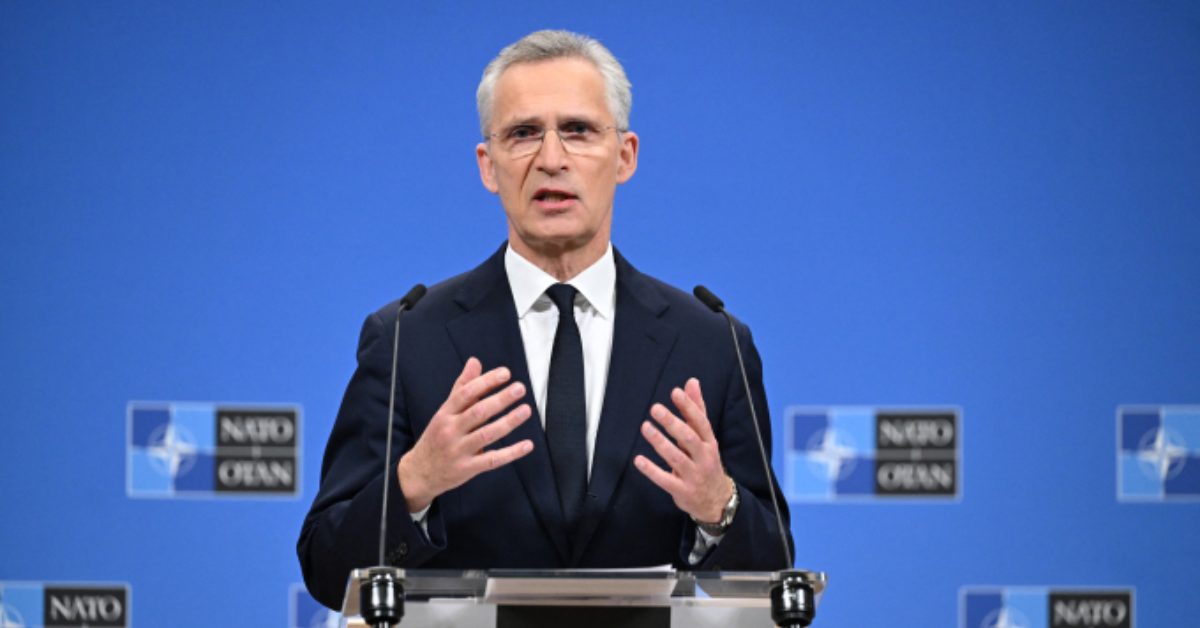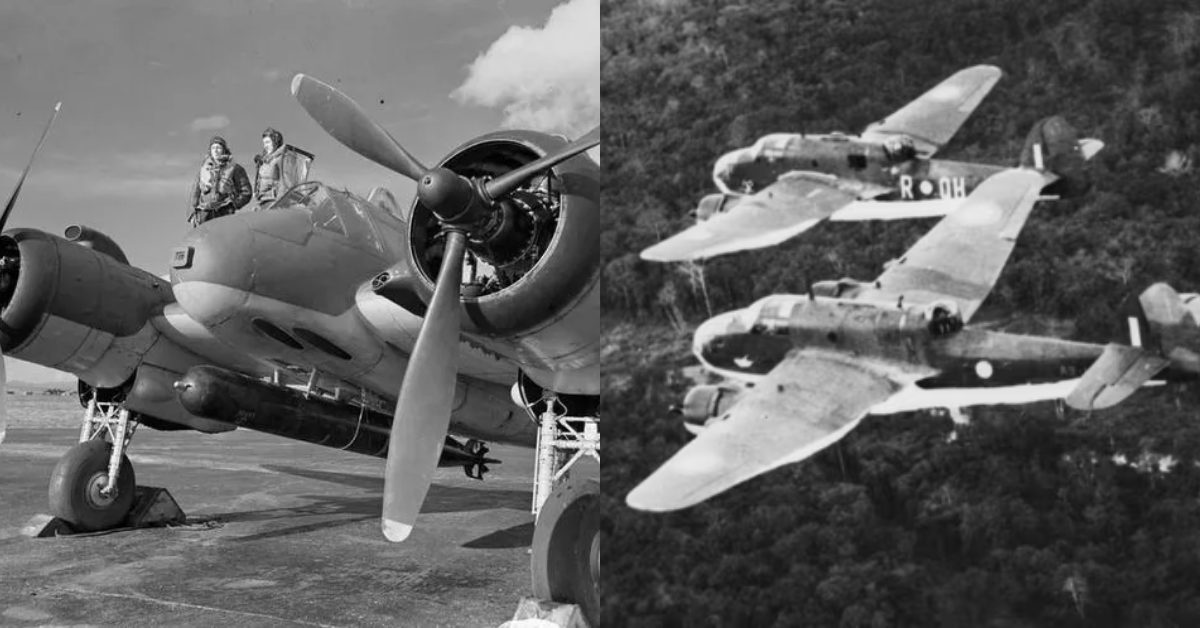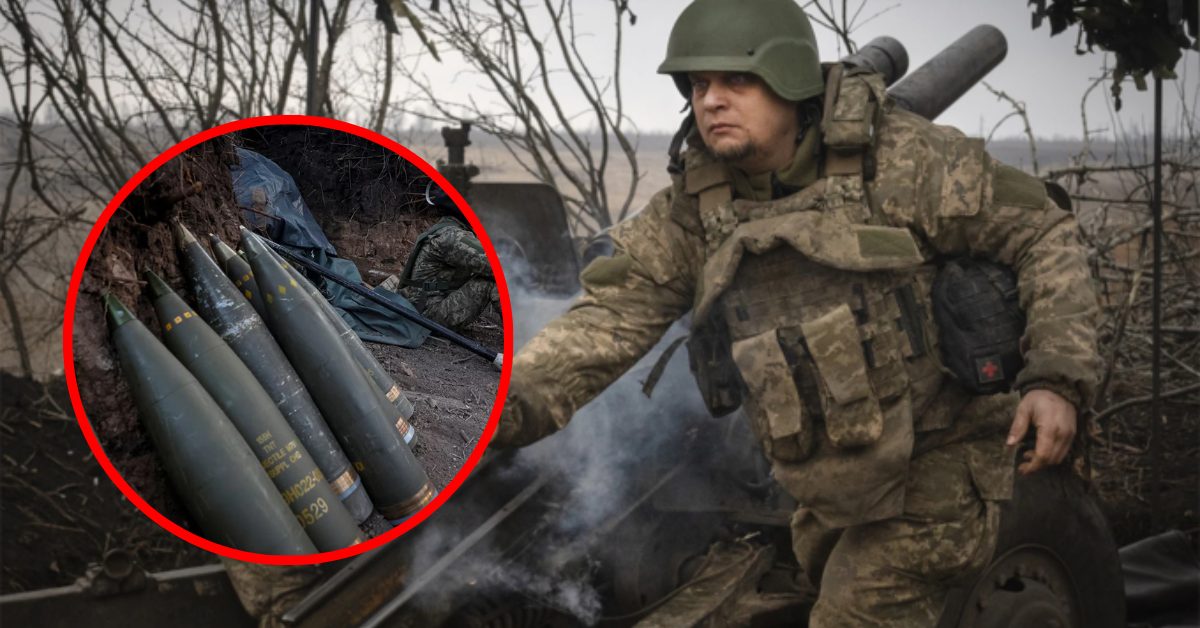Royal Air Force Typhoon jets intercepted a Russian spy aircraft and a pair of fighter planes close to encroaching on NATO airspace over the Baltic Sea on Friday.

The RAF Eurofighter Typhoons teamed up with Germany’s Air Force to buzz their Russian foes who were soaring over the Gulf of Finland and bearing down on Estonia.
One of the aircraft was identified to be a Russian Air Force IL-20 Coot-A intelligence plane headed for the Russian exclave of Kaliningrad which borders Poland. It was being escorted by Su-27 Flanker-B fighter jets.
These intelligence planes are designed to soak up enemy communications and signals for analysis.
Meanwhile, stunning images shared by the allied air forces on social media showed one of the Russian Su-27 jets gliding through the air just metres away from an RAF plane.




‘We often see Russian military aircraft flying over the Baltic Sea and so this was a routine intercept for us,’ an RAF statement read.
‘Nevertheless, the importance of intercepting these aircraft and our commitment to the collective defence of NATO airspace remains steadfast and resolute.
‘What this intercept has proven is that together with our German allies, we are able to act with speed and decisiveness to effectively ensure the Alliance’s security.’
The RAF and German Typhoons escorted the Coot-A and Flanker-Bs through the Estonian flight information region before handing over to Saab Gripen fighters of the Swedish Air Force.
The allies are currently co-operating on Operation Azotize – a NATO Air Policing initiative designed to ensure the security of member nations in eastern Europe close to Ukraine.
The RAF and German Air Force are flying their Eurofighter Typhoon jets out of Amari Air Base in Estonia.
Friday’s intercept is the fifth time German and British planes have come into contact with Russian planes near NAO airspace in just six weeks.
‘This was another demonstration of our readiness and commitment to react at speed to conduct a live intercept. These combined RAF and German Air Force intercepts continue to enhance NATO cohesion, ensuring seamless cooperation and understanding during these missions,’ the RAF concluded.
The latest interception of Russian aircraft came just days after leaked Pentagon documents claimed one of Moscow’s fighter jets almost shot down an RAF spy plane over the Black Sea last year – an incident which could have dragged Britain into the war in Ukraine.
On September 29, an RAF RC-135 Rivet Joint surveillance aircraft was flying through international airspace close to the Russian-occupied Crimea peninsula when it was buzzed by a squadron of Moscow’s Su-27 fighters.
At the time, British Defence Secretary Ben Wallace acknowledged the incident, telling Parliament that the Russian jets ‘recklessly’ came within 15ft of the RAF plane and one ‘released a missile in the vicinity’.
Russia’s defence minister Sergei Shoigu blamed a technical malfunction and Wallace, having spoken with other Russian defence officials, accepted the explanation and drew a line under the incident.
But leaked US military documents have now revealed that the missile launch came agonisingly close to striking the RAF aircraft in an incident that was described as ‘a near-shoot down of UK RJ (Rivet Joint)’.




Video: Wallace: Russian jet fired missile near British plane over Black Sea
A UK defence source meanwhile disputed this version of events, telling MailOnline: ‘These reports contain inaccuracies and do not reflect what happened in International air space over the Black Sea,’ referring back to Defence Secretary Wallace’s comments to Parliament in October.
Had a Russian missile blown Rivet Joint out of the sky over the Black Sea, the UK and its NATO allies may have been compelled to war.
According to Article 5 of the founding treaty of NATO, member nations agree that an armed attack against one or more of them ‘shall be considered an attack against them all’.
If such an attack does occur, each NATO member will assist the country that has been attacked with any action ‘it deems necessary’.
The RAF regularly flies sorties over the Black Sea’s international waters, as well the Baltics and eastern Poland, to gather intelligence.
The role of the Rivet Joint aircraft is to hoover up electronic transmissions and communications – the plane is also known as a ‘nuke-sniffer’ for its ability to detect radioactivity.
British and US aircraft continued to conduct these reconnaissance flights after the hair-raising incident in September, but RAF surveillance aircraft are now escorted by Typhoon fighters while the US resorts to the use of unmanned surveillance drones.
Pentagon spokesman Brig. Gen. Patrick Ryder said last month that it is important to keep the Black Sea and the skies over it open to all nations.
‘The Black Sea is a critical international seaway supporting many of our Nato allies, including Romania, Bulgaria and Turkey, and does not belong to any one country,’ he said.
Ryder’s comments came after yet another aerial incident in which Russian jets dumped fuel on and ultimately crashed into a US surveillance drone last month.
Video: Moment Russian fighter jet crashes into US Reaper drone at Black Sea


Drone footage showed the shocking moment Moscow’s Su-27 jet approached the US MQ-9 unmanned aerial vehicle (UAV) from behind and clipped its propeller over international airspace on March 14.
US forces had to bring down the $32million surveillance drone in international waters after the encounter, sparking a race between Moscow and Washington to recover it.
Russian ships were spotted at the crash site on March 15 trying to find the debris, though the Pentagon insisted the parts could not be retrieved and any intelligence had been wiped.
Moscow insisted its jet did not make contact with the drone, and instead blamed ‘sharp maneuvering’ for the crash.
But experts say it was likely an accidental clash as Russian pilots adopted increasingly aggressive tactics to force the drone to change course.
Share or comment on this article: RAF Typhoons intercept two Russian fighter jets and a spy plane near NATO airspace.





